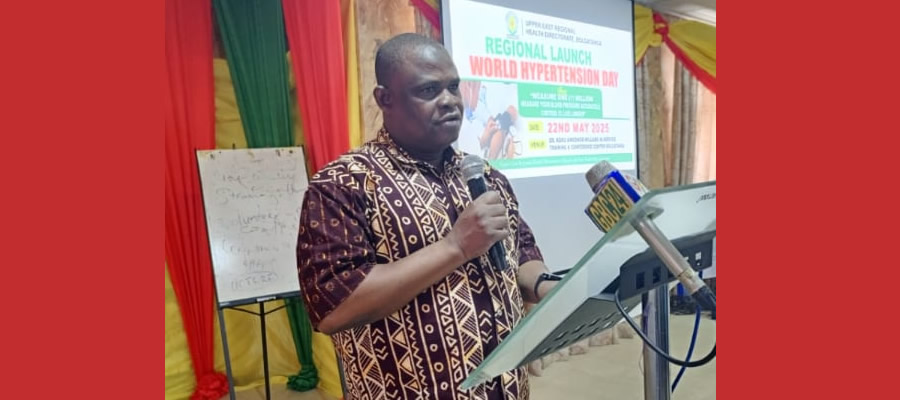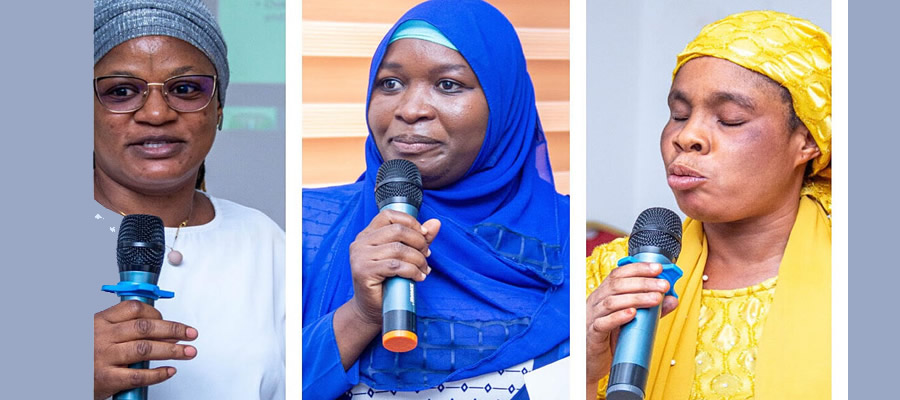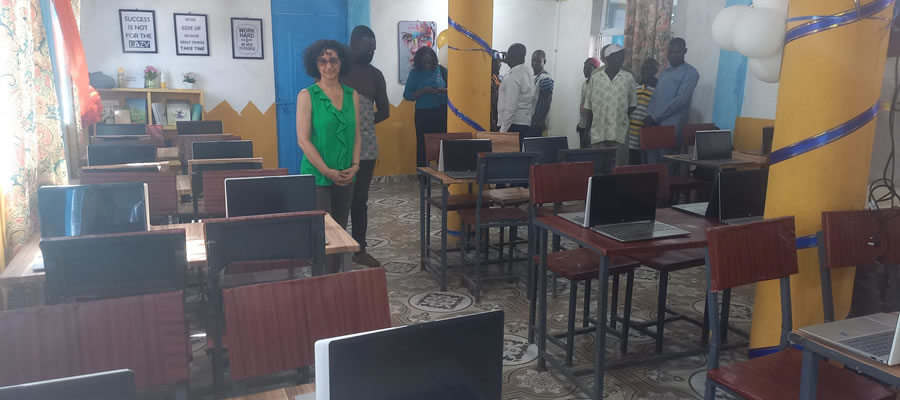

General Characteristics
The Municipality has a total land area of 729 square km and 70% of this (51,030 ha) is cultivated. Eight percent (8%) of the population are peasant farmers. There are 14,145 agricultural households and with an average of six persons per household and average land holdings of between 1.0 and 3.0 ha. Even though there are few dams and dugouts, the municipality is basically dependent on rain fed agriculture. The problems militating against agricultural development in the municipality include the following:
- Short and erratic rainfall pattern marred by dry spells and peak seasonal floods
- Inadequate feed and water for the animals during the long dry season which cause loss of weight and poor reproductive performance of females.
- Prevalence of pests and diseases of both crops and livestock.
- No improved housing and inadequacy of improved breeding stock of livestock.
- Livestock rearing is not seen as a business.
- Fish farming is a new concept to farmers.
- Inadequate water bodies in the municipality. Most of the existing water bodies dry up during the long dry season.
- Declining low soil fertility levels of the existing nutrient-deficient soils.
- Bush burning and indiscriminate cutting of trees.
- The seasonal migration of the youth from the rural areas to the urban areas.
- Unfavorable market conditions.
- Underdeveloped access roads to food producing areas.
High population density
In order to feed this population adequately and be able to get extra produce for export, the above-mentioned problems must be addressed in order to ensure an accelerated agricultural development in a sustainable environment.
Crop Production
The crops mostly cultivated by farmers during the rainy season are categorised below:
Cereals: - Millet, sorghum, rice and maize
Legumes: - Groundnuts, cowpea, soybean and Bambara beans
Vegetable: - Tomato, pepper, okro, onion, garden eggs and leafy
Vegetables
Rain Fed Agriculture
The main farming system in the district is rain fed mixed cropping. Crop mixture is mostly cereal-cereal but occasionally a cereal -legume mixture.
The types of crop mixtures are:
1. Early millet/Sorghum
2. Early millet/late millet
3. Early millet/Sorghum/local beans
Leguminous crops are normally sown sole. Land preparation is mostly done by bullocks and the hoe. However tractor is also used. The major staple crops grown are: millet, sorghum and Frafra potatoes and the cash crops are maize, rice, groundnuts and sweet potatoes. In the below table is the production for 2004 as compared to 2003.
The cropped land area decreased by 10% in 2004 as compared to 2003 and production also decreased by 49%. The decreased in production was due to late rains and its poor distribution. The increase in sweet potato cultivation by farmers was because of the positive impact created by the Root and Tuber Improvement Programme (RTIP). The major staple crops grown are: millet, sorghum and Frafra potatoes and the cash crops are maize, rice, groundnuts and sweet potatoes. In the below table is the production for 2005 as compared to 2004.
The crop land area decreased by 25% in 2005 as compared to 2004 and this affected production where there was a decreased of 0.5%. The decrease in production was small because there was a general increase in crop yields. There was a reduction in cropped area in 2005 because farmers were not sure of the weather.
Dry Season Farming
The Vea Irrigation Project makes available about 637.5ha of land for irrigated farming. In addition to this, there exist about seven (7) small-scale dams having a total irrigable area of 78ha. Apart from the irrigable land area provided by the Vea and the small-scale dams, there exist a potential for water pump irrigation along the banks of the White Volta. At the moment, a total land area of about 400ha is being utilized even though another 500ha are available for irrigation.
There was decrease in the area put under production of all the crops by 33%. The major decrease in tomato was due to outbreak of the tomato disease during the 2003/2004. This discouraged farmers from cultivating tomato in larger acreages in the 2003/2004 dry season. However there was an increase in tomato production in the 2003/2004 season as compared with that for the 2003/2004 by353%. This increased was due to an increase in yield which suggested that the disease situation was improving. There was an increase in the production of onion and pepper by 23% and 43% respectively.
Livestock And Poultry Production
Livestock and poultry rearing is the second most important feature in agricultural development after crop production. Almost all farmers are engaged in the rearing of at least one type of livestock and poultry. Apart from supplying the protein needs of the people, it is also a very good source of income for farmers especially when there is crop failure.
It must however be noted that rearing of livestock and poultry apart from swine is not normally done as a business in the villages. All the livestock and poultry being reared are normally left on free range. The intensive system of rearing is practiced on a very small-scale mostly in the Bolgatanga Township. The population of pigs has decreased by 39% and 38% during the assessment due to the effect of the African swine fever disease. The population of poultry and other types of livestock increased by 15.1% and 4.3% due to the effective veterinary extension work carried out in the year and abundance of animal feed.
Fisheries
Fish hunting is carried out in a few water bodies scattered throughout the municipality even though most of them still need rehabilitation. Women mostly do fish processing.
Date Created : 11/24/2017 1:29:15 AM











 facebook
facebook
 twitter
twitter
 Youtube
Youtube
 +233 593 831 280
+233 593 831 280 0800 430 430
0800 430 430 GPS: GE-231-4383
GPS: GE-231-4383 info@ghanadistricts.com
info@ghanadistricts.com Box GP1044, Accra, Ghana
Box GP1044, Accra, Ghana